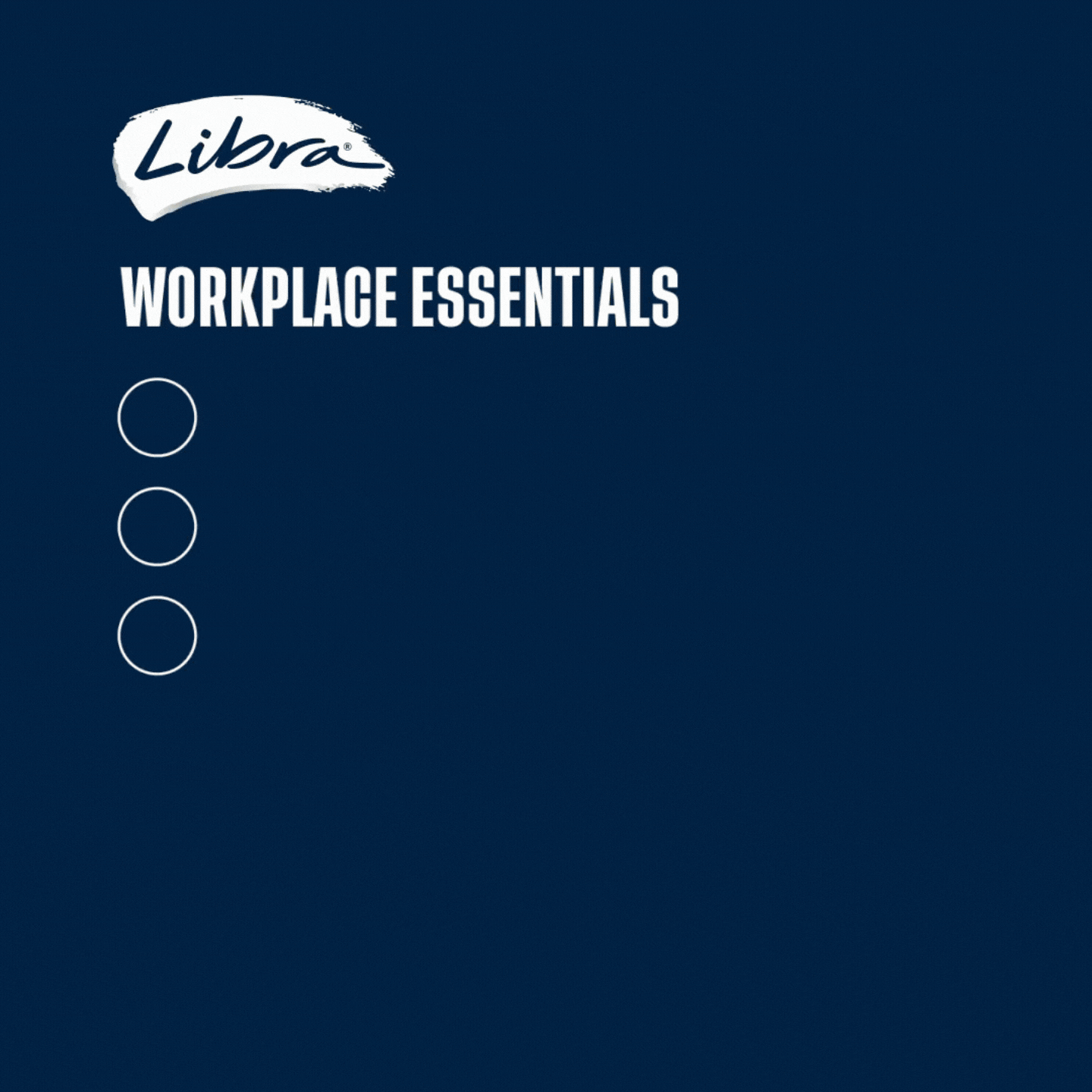Four women died last week, allegedly at the hands of men.
Claire Austin, 38, died after trying to escape a domestic violence situation in Sydney’s east. Louise Hunt was found dead after a house fire in regional Queensland; her husband has been charged with her murder. Kim Duncan, 65, was killed in a drive-by shooting in Ambarvale, with police still investigating the intended target. And on Friday morning, a woman’s body was found in a burnt-out car in Beverly Hills, Sydney — abducted from her home hours earlier in front of her young son.
Each of them was more than a statistic. Each should still be alive.
Yet not one question about gender-based violence was raised in the first two leaders’ debates of the 2025 federal election.
The message from our political class is deafening—tax cuts, defence, and housing are national priorities. But women’s lives? Not even worth a mention.
This silence isn’t just disappointing, it’s dangerous.
Over holiday periods, rates of domestic and family violence spike dramatically. NSW data shows domestic violence assaults more than double on New Year’s Day. Queensland and Western Australia report similar patterns during Easter and Christmas.
Every year, frontline services brace for what they grimly call the “festive spike”. Currently political leadership fails to meet the moment. I’ve seen consistent messaging from our member services and commentary from state politicians that services are available if you need support.
There is no excuse for this neglect. Recent research estimates the cost of domestic, family and sexual violence to the Australian economy at $26 billion a year and rising. That’s not just crisis accommodation and police time. It’s lost productivity, legal costs, health impacts, and the intergenerational trauma carried by children who witness or survive violence. Preventing this violence isn’t just a moral imperative, it’s an economic one.
While both major parties have unveiled billion-dollar tax relief measures pitched as cost-of-living solutions. Labor’s proposal a $1,000 automatic tax deduction for work-related expenses will cost $2.4 billion over four years and benefit around 5.7 million workers. The Coalition has promised a one-off $1,200 tax offset for more than 10 million low and middle-income earners, at a cost of $10 billion in a single year. These are significant fiscal commitments, but they pale in comparison to the financial and human toll of gender-based violence.
Surely streamlining solutions and policy in tandem with funding the systems and services that could save lives, prevent violence, and reduce one of the country’s most costly and enduring social crises?
When Triple J Hack revisited the Gabby Petito case, her family shared how many young Australians reached out saying they didn’t recognise coercive control until it was too late not in their relationships, not in their friends, not even in their siblings. That should ring alarm bells. If our young people don’t have the language to name abuse, how can we expect them to challenge it?
We are missing critical opportunities to educate a generation about behaviours that are common even normalised in Australian relationships. We need curriculum reform. National campaigns. Youth-led education. Accessible support in schools and online. This is not just prevention, it’s protection.
Yes, the National Plan to End Violence against Women and Children exists. Yes, there was a $4.7 billion package announced in 2024. Clearly the state of gender-based violence in the country demonstrates gaps between the intent in policies and execution of them in real time. This isn’t about vague calls for “more funding.” It’s about applying a serious, intersectional analysis to how our social policy settings from housing and income support to education, justice, health and digital regulation either prevent or perpetuate violence. If we fail to understand how these systems intersect, we fail to understand why violence persists in Australia. Ending it requires more than a line item in a budget. It requires whole-of-government accountability and an integrated response that recognises women’s safety as foundational to economic, social and democratic participation.
It is an obligation of all political party leaders to engage on this issue. Yet what commentary we’ve seen this campaign has largely been delegated to female MPs, reinforcing the idea that safety is a woman’s issue to raise and discuss and not a political priority. That is nonsense.
We are less than two weeks out from election day, and you can feel the fear of backlash settling in. Not from the public, who are crying out for leadership, but from political strategists worried that talking about violence against women might alienate male voters or reignite the so-called “gender wars.” That fear is lethal.
There is no gender war. There is only the reality that four women died last week and no one in power seems willing to say their names.
Women’s safety must be a central question in this election, not a footnote.
Because the truth is this: the decisions made in the next fortnight will shape whether more women live or die. Whether children grow up in safe homes or shelters. Whether survivors will be believed and supported or failed again.
This must be a line in the sand. We cannot accept silence as a political strategy. Not when lives are at stake.
If you or someone you know is in immediate danger, call 000.
If you need help and advice call 1800Respect on 1800 737 732, Men’s Referral Service on 1300 766 491 or Lifeline on 13 11 14.
***
Support Women’s Agenda! We are 100% independent and women-owned. We’re covering the Federal Election from the perspective of what matters to women, and always keeping the issues that matter for women on the daily agenda. Foundation memberships are just $5 a month.
Bonus: you’ll receive our weekly editor’s wrap of the key stories to know every Saturday.


